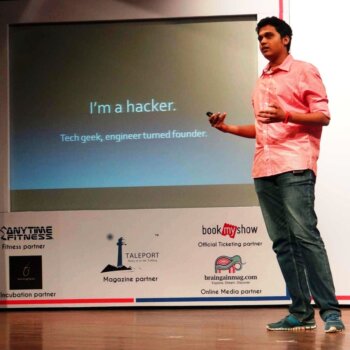Carbon dioxide capture, use and storage (CCUS), whether by processing emissions from industrial facilities or extracting it from the air, is garnering a lot of media attention lately: the technology to do so has existed for many years — which doesn’t mean they can’t be improved by using other approaches — but until now, there was little economic incentive.
Rising prices per tonne of captured carbon dioxide make capturing carbon dioxide an increasingly viable business model, with all that this may entail, both positive and negative. It is estimated that up to 90% of the carbon dioxide produced in high concentrations in industrial facilities can be captured using relatively simple methodologies, in addition to smaller percentages when it is captured directly from the atmosphere, where it is much less concentrated. After capture, it must be stored, which requires adequate sites that don’t cause seismic instability, or it can be used in different industries, such as construction materials.
Rising prices for carbon dioxide is prompting more and more projects and the construction of installations to capture it in different places, even in the upper atmosphere. But carbon dioxide capture alone is no solution to the climate emergency and should not be seen as an excuse not to reduce emissions: we have the technology, but the amount of carbon dioxide captured compared to emissions has historically been extremely low, and most carbon dioxide is reinjected into oil reservoirs to aid further extraction of fossil fuels.
Raising the amount of carbon dioxide being captured magnitude to the point where the technology makes sense both economically and environmentallymeans building a huge number of plants, as well as creating a market that goes beyond selling certificates and instead establishes a currency with intrinsic value, a way of investing in the viability of human life on the planet, using processes that can be carried out and audited by anyone, including farmers who switch to new growing methods.
The idea makes sense the moment we can link the price of a ton of carbon dioxide to a fund that allows us to pay for it, not simply as an excuse for someone to pay and emit another ton of carbon dioxide (even though it is becoming more and more expensive), but as a sustainable approach in itself. All future scenarios envisage the use of this type of technology as a way of trying to balance emissions; now we just need to approach it with the right mindset.





























